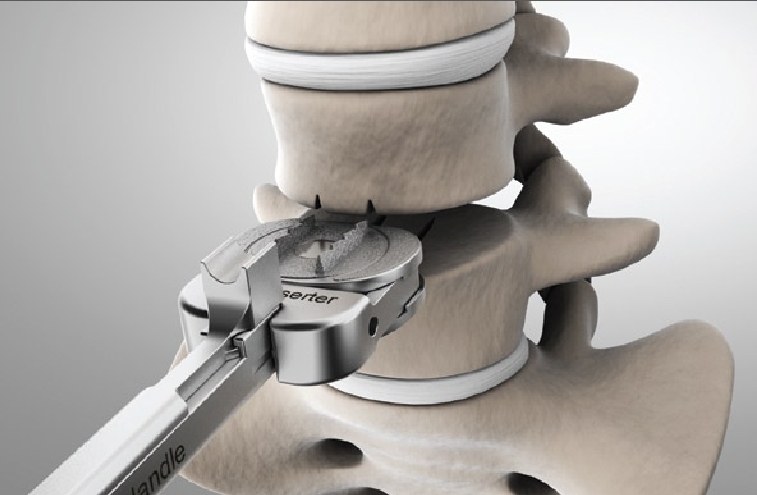We present a patient who had spontaneous resolution of a right L3/4 lumbar juxtafacet cyst (LJFC); and in whom, 2.5 years after regression of the previous cyst, a new contralateral L3/4 LJFC developed. Furthermore, with an extensive review, we discuss the selection criteria for patients for conservative treatment. A 44-year woman presented with right leg pain for two months. Neurological examination findings were normal; however, hypoesthesia was observed in right L4. There was no medical history of any trauma or a specific condition. Magnetic resonance imaging (MRI) revealed a right L3/4 LJFC and L4/5 spondylolysis. The patient refused surgical treatment and was referred to a physical therapy department. A non-steroidal anti-inflammatory drug was administered for four weeks. At two months’ follow-up, her leg pain was relieved. After 2.5 years, she was readmitted due to radiating left leg pain. The MRI showed regression of the previous right L3/4 LJFC and a newly formed left L3/4 LJFC. Thus, cyst excision and posterior fusion were performed. The symptoms were resolved immediately following the surgery and the patient continued to be symptom-free at a one-year follow-up. In the setting of significant instability, conservative treatment for LJFCs can still be beneficial; however, its role in preventing recurrence of LJFCs may be inadequate. In such patients, early surgical correction of instability may result in better long-term outcomes. Key Words: Degeneration, Juxtafacet cyst, Recurrence, Spinal instability, Spontaneous resolution.

Contralateral Recurrence of a Lumbar Juxtafacet Cyst Following Spontaneous Resolution
Share on facebook
Facebook
Share on twitter
Twitter
Share on linkedin
LinkedIn
Share on vk
VK
Share on pinterest
Pinterest
